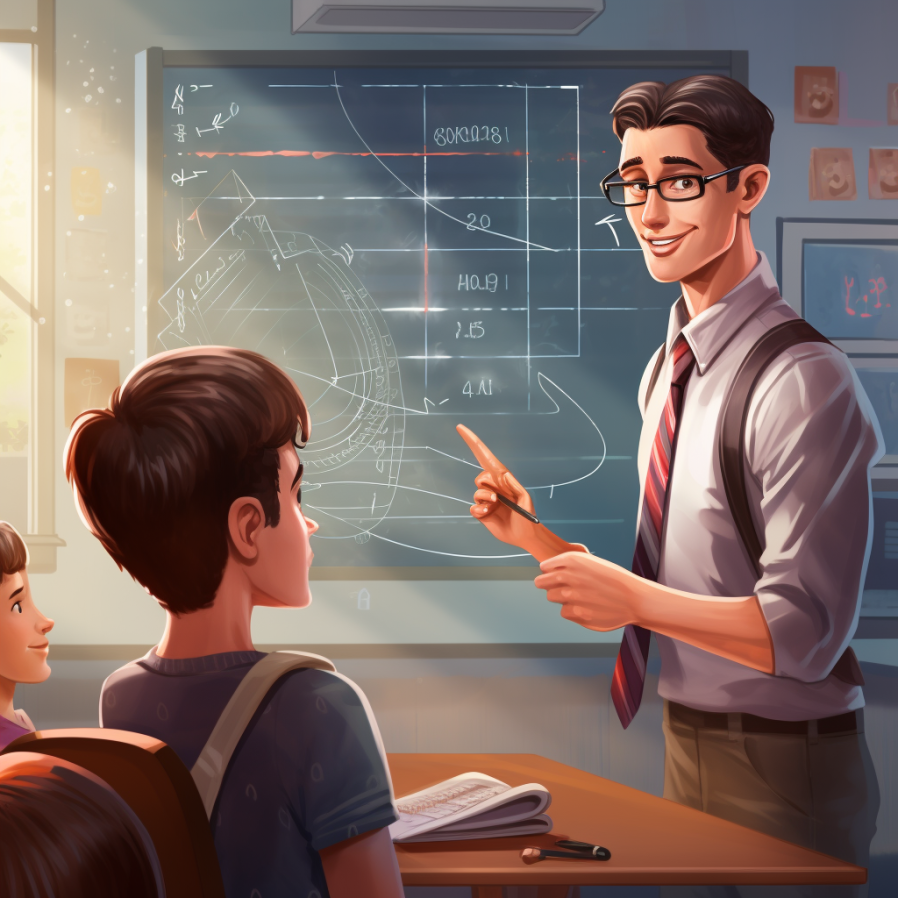Unleashing Creativity and Self-Direction: How AI Enhances Student Study

In today's rapidly evolving world, education is undergoing a transformation. With the advent of artificial intelligence (AI), schools have the opportunity to enhance student creativity and self-direction in ways never before possible. This blog post will explore the potential benefits and drawbacks of using AI in schools to unleash students' creative potential and foster self-directed learning.
AI has the ability to provide personalized learning experiences that cater to individual student interests and learning styles. By tailoring educational content, AI can engage students on a deeper level, making learning more relevant and enjoyable. Additionally, AI can foster innovative thinking by facilitating brainstorming sessions and assisting students in exploring new perspectives and alternative solutions.
Furthermore, AI can promote self-direction in students through personalized feedback and guidance. With instant feedback on their performance and progress, students can take ownership of their learning journey. AI-powered recommendations and suggestions for further improvement empower students to set goals, track their progress, and make informed decisions about their education.
While there are potential drawbacks to implementing AI in schools, such as privacy concerns and the importance of human interaction, the overall benefits cannot be ignored. By leveraging AI technology effectively, educators can create a more engaging and personalized learning environment that enhances student creativity and self-direction.
Now let's delve into how AI enhances student study by enhancing creativity and promoting self-direction.
Enhancing Student Creativity
In the modern educational landscape, enhancing student creativity is a key goal for educators. AI technology offers exciting possibilities to achieve this objective by providing personalized learning experiences and fostering innovative thinking.
Personalized Learning Experiences
One of the significant advantages of AI in education is its ability to tailor educational content to match individual student interests and learning styles. By analyzing vast amounts of data, AI algorithms can identify students' preferences and adapt the curriculum accordingly. This personalization not only makes learning more engaging but also helps students connect with the material on a deeper level.
Moreover, AI has the potential to provide adaptive learning paths that challenge and engage students. By continuously assessing their progress and understanding, AI systems can dynamically adjust the difficulty level of assignments and activities. This ensures that students are appropriately challenged, preventing boredom or frustration that may hinder their creativity.
Several AI-powered tools and platforms have emerged that encourage creativity and critical thinking among students. For example, there are virtual reality (VR) applications that allow students to explore immersive environments related to various subjects. These VR experiences stimulate curiosity, imagination, and problem-solving skills, promoting creative thinking in an interactive way.
Fostering Innovative Thinking
AI plays a crucial role in facilitating brainstorming sessions and idea generation among students. With natural language processing capabilities, AI chatbots can act as virtual assistants during brainstorming sessions, helping students generate ideas by asking thought-provoking questions or suggesting relevant resources. This not only sparks creativity but also encourages students to think outside the box.
Additionally, AI can assist students in exploring new perspectives and alternative solutions. Through machine learning algorithms, AI systems can analyze vast amounts of data from diverse sources to present different viewpoints on a given topic. This exposure to multiple perspectives broadens students' horizons and encourages them to consider unconventional approaches when problem-solving.
Collaborative projects are another area where AI can foster creativity and teamwork among students. AI-powered platforms enable students to collaborate on projects, share ideas, and provide feedback to one another. This collaborative environment encourages students to think creatively, communicate effectively, and work together towards a common goal.
